CAMP TAJI, Iraq - Multiple units operating out of a single hub have provided ground commanders in and around Baghdad with 20,000 hours worth of aerial coverage, hitting the milestone March 7.
Unmanned aerial vehicle operators and maintainers from 10th Mountain Division, 3rd Infantry Division and 2nd Infantry Division come together under the roof of Company G, 2nd Battalion, 227th Aviation Regiment, 1st Air Cavalry Brigade, 1st Cavalry Division, U.S. Division-Center, to act as the center of operations for all launches, landings and maintenance required to keep the Shadow UAVs in the air.
"There is melding of the maneuver battalions, the aviation battalions and the different tactics from each - all together in one spot," said Warrant Officer 1 Dave Phaneuf, an unmanned aircraft systems technician in 2nd Brigade Special Troops Battalion, 2nd Brigade Combat Team, 10th Mnt. Div., USD - C.
At any given time within the 24-hour day, Co. G has multiple UAVs in the air supporting ground operations throughout the Baghdad area. Maintaining the aircraft in order to meet the operational demands of the ground commanders requires care and attention to detail.
"It all starts with the smallest of inspections and they (UAV maintainers) are doing it repetitively - 12 to 15 times a day," said Phaneuf. "If they are not doing the smallest thing right, then they can't get the big things right."
"Everyone here has the same zero-defect mentality," he said.
Under garrison conditions, a UAV unit will fly an average 200 hours in a year. The UAVs maintained by the Soldiers under Co. G have reached 20,000 hours in a 10-month span.
"The 1 ACB has kept the same op-tempo and the same hours flying with what they did with five platoons here - now they are doing it with three," said Phaneuf. "We properly mitigated the risks and are using the Shadow at its potential. Knowing what the limits of the aircraft are has actually increased its usage in pushing it out to those forward units."
Once the aircraft are launched from Camp Taji, a forward unit will take control of the vehicle for the remainder of the operation, handing control back to Co. G for landing when the mission is complete.
Between missions is when a large portion of Co. G's work is completed, ensuring the aircraft stay on a flight worthy status.
"We work non-stop from when we get here to the time we leave for the day; it is pretty fast paced, but it makes your day go by faster," said Richard Klitz, from Fort Lewis, Wash., a UAV maintainer with 2nd Battalion, 1st Cavalry Regiment, 4th Brigade Combat Team, 2nd Infantry Division, USD - C.
For all the work involved in keeping the aircraft going, reaching 20,000 hours is a milestone the maintenance technicians pride themselves on, said Klitz.
The operators and maintainers sustain their tempo, knowing the importance of the UAVs to the ground commanders, even though they rarely see or hear about the end result.
"The guys here, they don't get to see a lot of what happens, so when I get reports or video of things that happen, I will bring them in so they can read it and see that their day-to-day work here is actually paying off," said Phaneuf.
"When they finally do get the feedback, they will say, 'Alright, I got a little job satisfaction now.'"
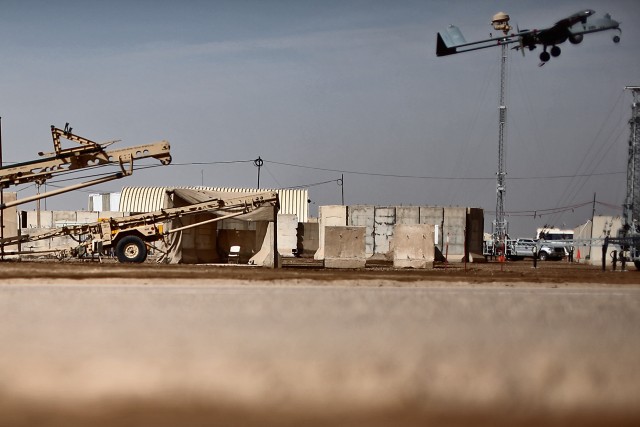
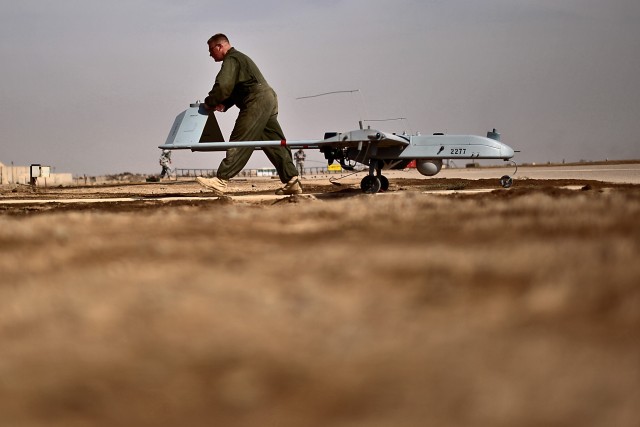
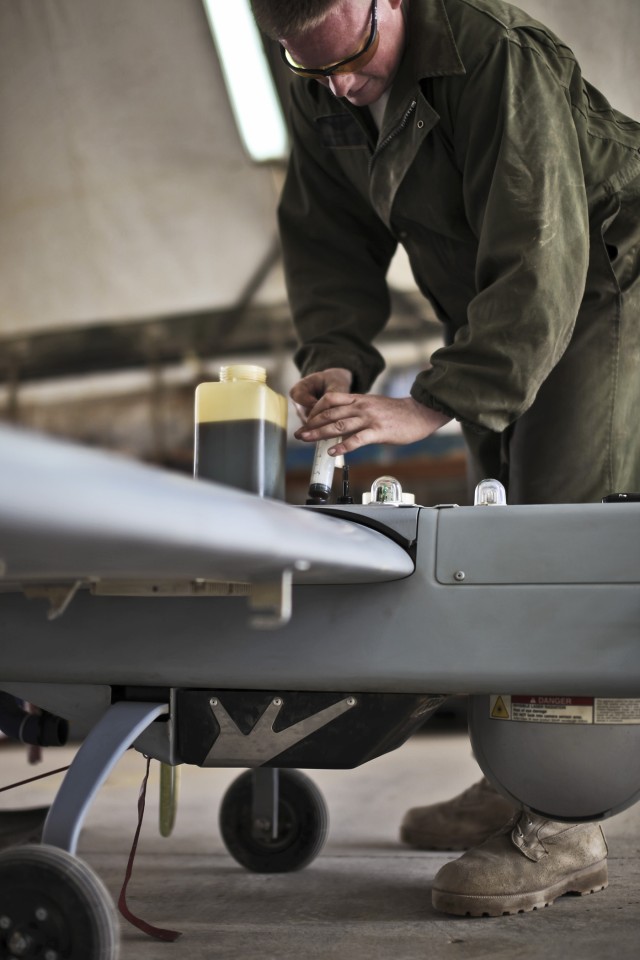


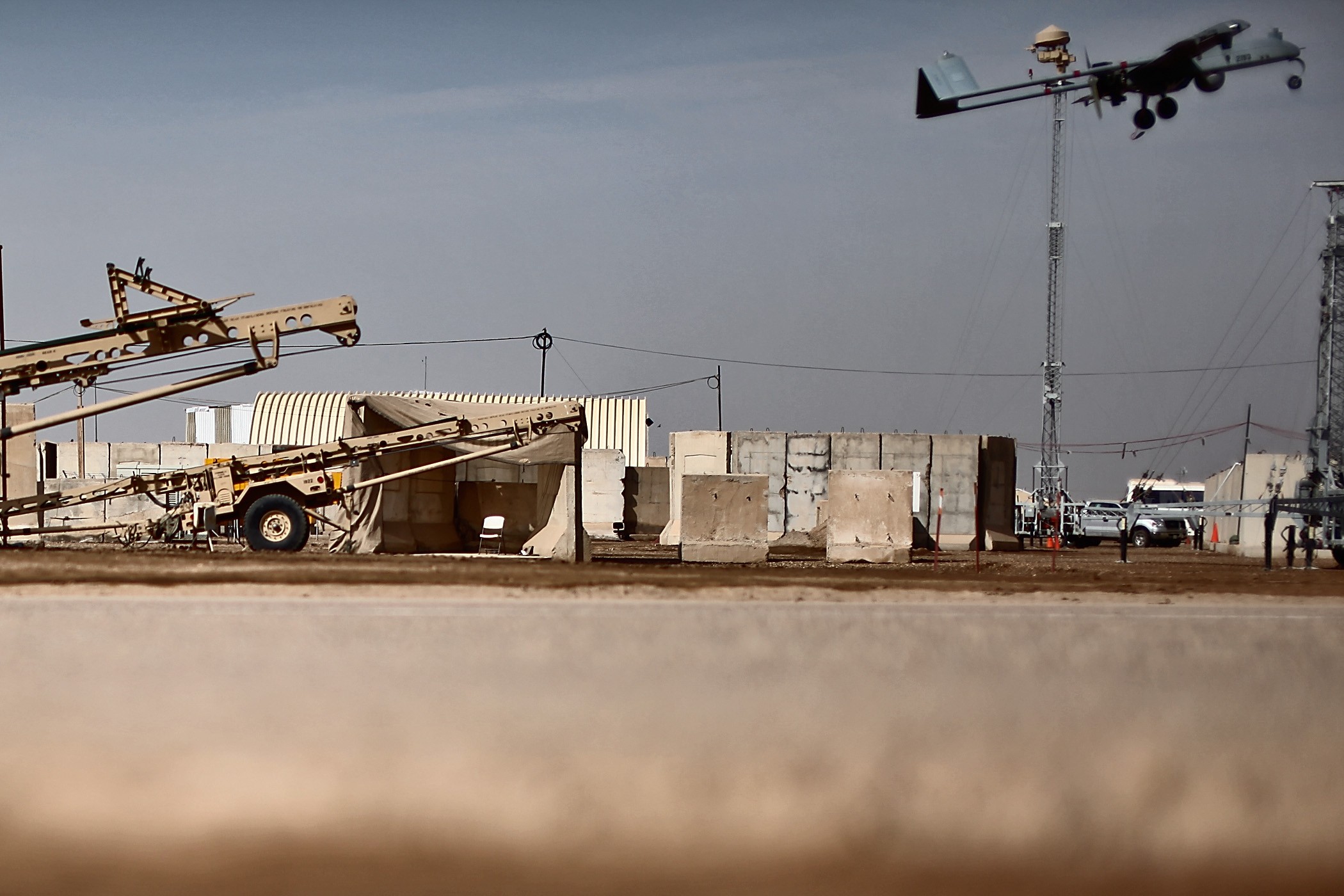
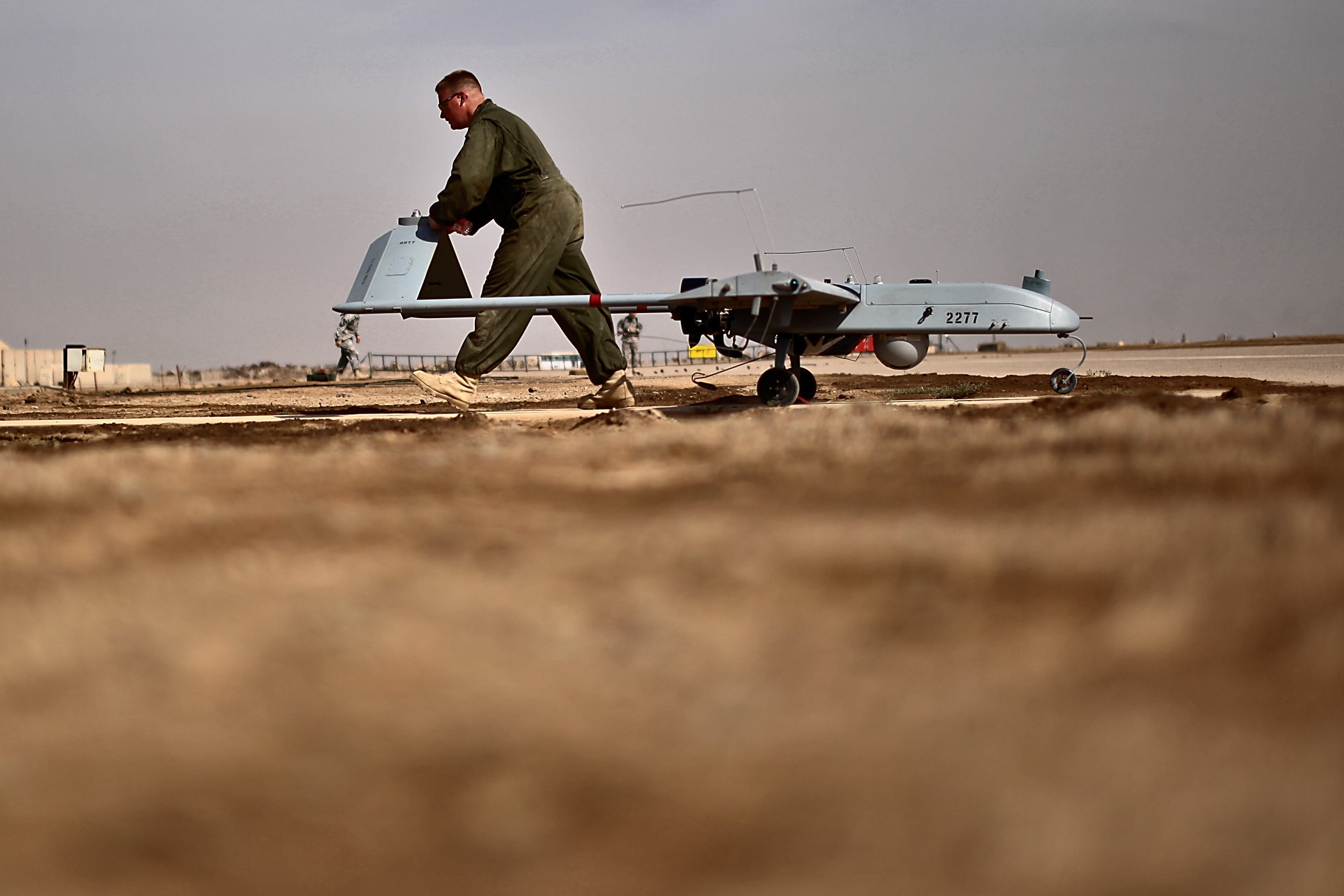



Social Sharing